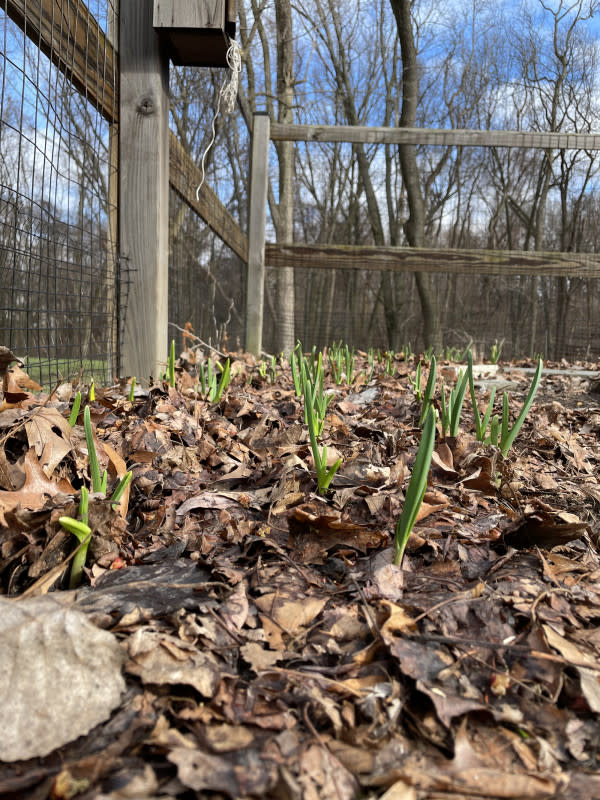Prepare Your Garden for Winter in 10 Steps
As the gardening season winds down and colder weather rolls in, no doubt that your vegetable garden beds look increasingly sad. Garden winterization might not be high on your checklist, but if you're motivated to have an amazing garden next year, you can start getting that garden ready right now.
Take care of your remaining annual plants on cold nights. Protect and fertilize perennials. Winterize raised beds by removing dead plants and other debris, and add a layer of compost. Put all your garden accessories and planters away for the winter months, too.
Check the following items off your to-do list, and you'll be in great shape in the spring:
1. Harvest Remaining Fruits and Vegetables
Gather any remaining fruits and vegetables that are intolerant of light frost.
You can leave hardy vegetables, like root vegetables, for the time being.
View the original article to see embedded media.
2. Remove Debris
Clear out plant debris, including fallen leaves and dead plant material. There may already be beneficial insects hibernating in this plant matter, but if you rake it into a neat pile, you can prevent it from affecting the larger area of the garden.
It's also the perfect time to remove any weed growth. This will help prevent weed seeds from overwintering and becoming a problem in the spring.
3. Prune and Trim
Trim back perennial herbs so they stick up a few inches above the garden soil.
Remove dead or yellowing foliage from plants to encourage healthy plant growth in the spring.
4. Take Care of the Soil
Prioritize healthy soil. Conduct a soil test to assess your garden soil's nutrient levels and pH.
Add organic matter, such as compost, bone meal, organic fertilizers, or well-rotted manure to improve soil structure and add vital nutrients.
Mulch the soil surface with a layer of organic material, like a layer of mulch, pine needles, or shredded leaves. It can help insulate the soil and prevent erosion.
5. Protect Perennials
Add mulch that's a few inches deep around the base of perennial vegetables like asparagus and rhubarb to insulate them from the cold.
Consider adding extra protection around root crops like carrots and beets to keep the rich soil and plants warm.

Emily Fazio
6. Cover Cold-Sensitive Plants
If the days are still warm, cover sensitive summer crops, such as tomatoes and peppers, with a light layer, like a blanket or frost cloth during cold nights.
Cold frames also provide a protective layer for cold-sensitive plants from frost damage.
Hoop houses offer additional protection from winter wind.
7. Add Cover Crops
Consider planting cover crops like winter rye or clover for soil enrichment and winter protection during cold temperatures.
Cover crops also help prevent soil erosion and suppress weeds.
Related: Can Leaves Stay on Your Lawn All Winter?
8. Clean and Store Garden Tools
Clean your gardening tools before storing them for the winter.
Lubricate metal parts to prevent rusting.
9. Empty and Store Containers
Empty containers and hanging baskets to prevent them from cracking in freezing temperatures.
Store planters and other containers in a sheltered area, or cover them with burlap to protect them during the colder months.
10. Winterize Irrigation System
Drain and winterize your irrigation system to prevent pipes from freezing and bursting.
Disconnect and store hoses in a protected area.
